COVA Reflection & Application
My Journey Through Choice, Ownership, and Voice
This journey began in EDLD 5305, when I took the first steps in developing my innovation project, Explorers of the Forest of Reading and Writing. It was the first time I felt true freedom to design a proposal that reflected both my teaching reality and professional vision, an initiative that connected literacy development with hybrid learning experiences. Rather than following predetermined structures, I was invited to imagine, explore, and design an approach that addressed my students’ authentic needs.
That freedom also came with great responsibility. I wanted to build something meaningful, measurable, and transformative, not just an academic task, but an experience capable of inspiring sustainable change in my teaching practice. At first, I felt both excitement and uncertainty. The open-ended nature of the project challenged me to organize my ideas and build coherence between pedagogy, technology, and purpose.
Very early on, I saw authenticity come alive in our forest-themed classroom. We created reading and writing corners that promoted both physical and digital literacy: students could pick a printed book from our class library or scan a QR code on an iPad to access a digital version at their level. Hearing, “Miss, can I go to the reading corner?” or “Your class feels like a real forest!” helped me realize that authentic learning is not only about academic growth, but also about creating spaces where children want to learn. As Harapnuik (2018) explains in Creating Significant Learning Environments deep learning happens when learners explore, reflect, and create within environments that foster autonomy and self-direction. Over time, I learned to trust my own voice, recognizing that ownership is less about control and more about connection, alignment, and impact. Embracing uncertainty and learning from mistakes became a powerful source of motivation (Dweck, 2006).
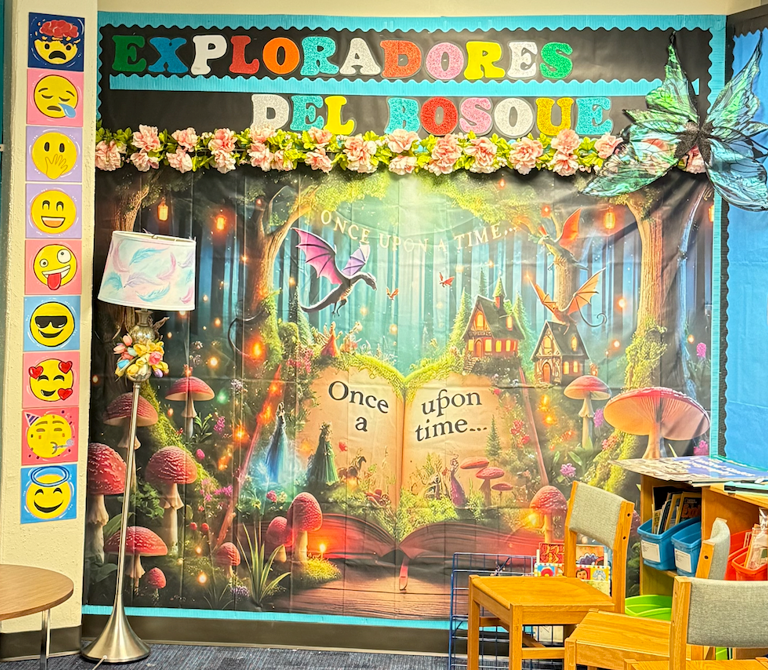

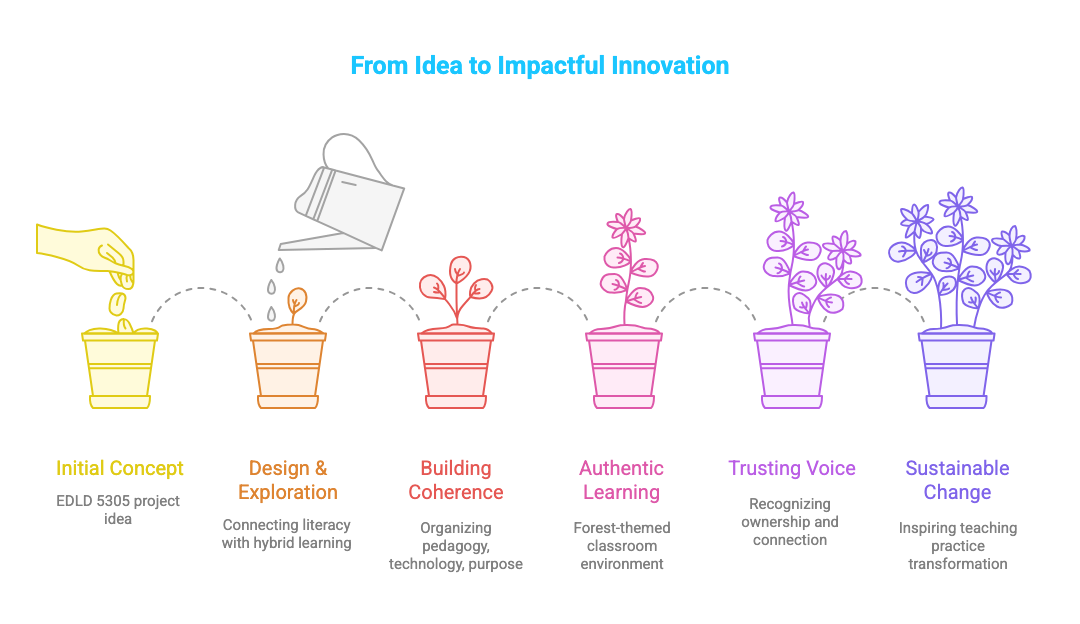

From Uncertainty to Confidence: Learning to Lead My Own Path
My initial reaction to being given freedom and responsibility to take ownership of my learning was a mix of excitement and fear. I felt the thrill of designing something truly my own, relevant to my context, alongside the uncertainty of stepping into unfamiliar territory without a predetermined path. As a teacher used to structured guidelines, this approach pushed me to step out of my comfort zone and become the main architect of my learning journey.
At first, I wasn’t completely ready. Yet, I chose to trust the process and move forward with openness, accepting that learning involves risk, mistakes, and constant reconstruction. As I developed my hybrid implementation project to strengthen reading and writing in second grade, I began to understand that innovation was not just about integrating technology but about redefining the learning experience itself. Applying Harapnuik’s (2018) CSLE perspective helped me see that transformation begins with mindset. As Dweck (2006) reminds us, adopting a growth mindset allows us to see challenges as opportunities. What started as uncertainty evolved into conviction: I was ready to learn, fail, create, and lead with purpose.
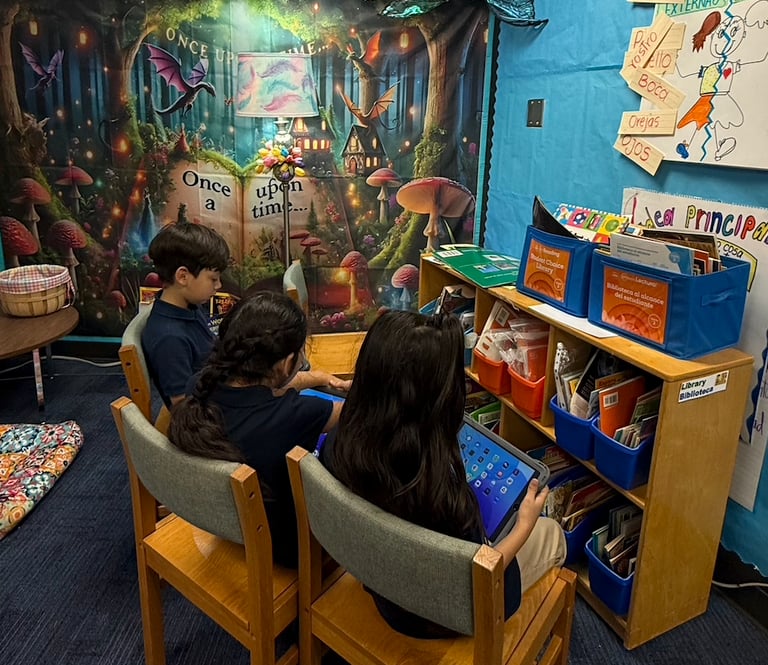

Adjusting to this style of learning was both challenging and transformative. At the beginning of the program, I was accustomed to a traditional model in which learning meant receiving information and completing theoretical assignments that rarely influenced practice. Through the ADL experience, I realized I had to relearn how to learn to stop being a passive receiver of knowledge and become an active designer of meaningful experiences. This shift helped me see that knowledge is not transmitted, but rather built through exploration, reflection, and action (Fink, 2013).
I redesigned my classroom as a hybrid, bilingual ecosystem of centers. In the Forest of Reading and Writing centers, students read and write in Spanish and English, rotating through tasks that combine print materials with iPads and Chromebooks. Each center integrates reading, writing, collaboration, and technology; students set goals and choose pathways, which nurtures autonomy and self-regulation. Every step, completing a digital reading, drafting in their notebooks, or sharing with their group, became a visible sign of ownership. The CSLE model (Harapnuik, 2018) guided me to design opportunities to create, experiment, and reflect; theory and practice finally connected, turning each course into a piece of a larger pedagogical puzzle.

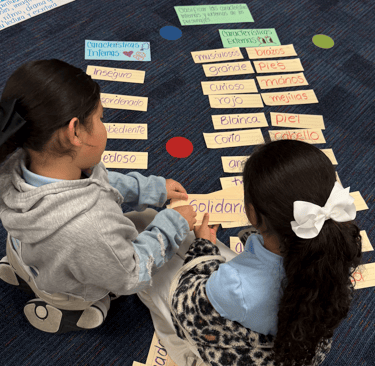
Adapting to a New Way of Learning
The COVA principles became my compass. Choice allowed personalization; Ownership fostered responsibility; Voice strengthened confidence; and Authentic Learning inspired purpose (Harapnuik, Thibodeaux, & Cummings, 2018). If I could start again, I would trust the process sooner and accept that mistakes are essential to growth. A growth mindset transforms every challenge into an opportunity to learn and grow (Dweck, 2006).


Taking control of my professional voice required confidence, clarity, and purpose. At first, expressing my ideas to my principal and colleagues was not easy. My proposals were still evolving, and I feared they might not be understood or accepted. I learned that communication is not only about speaking but about connecting ideas with organizational goals and values. As Fullan (2011) notes, leading change requires learning to influence through coherence and moral purpose.
As I progressed through the program, COVA encouraged me to strengthen my confidence and express my professional identity authentically. I realized that using my voice is not about imposing ideas but about aligning them with my school’s real needs. Inspired by CSLE (Harapnuik, 2018), I shifted from delivering information to designing environments that inspire others to learn and construct meaning.
Learning to Speak with Purpose and Confidence

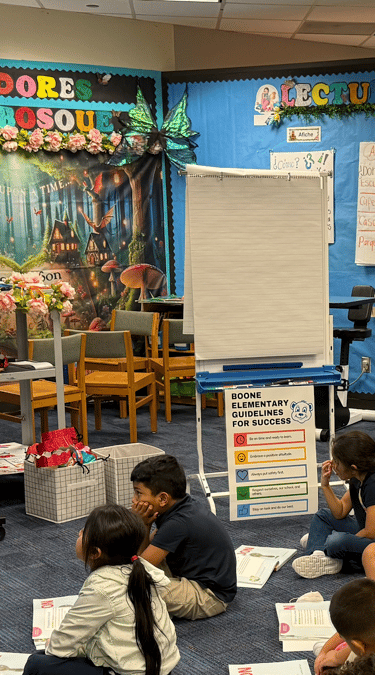
To bridge the physical and digital worlds, I introduced a virtual avatar, the Forest Fairy, who appears with messages and missions. The fairy invites students to write letters, prepare read-alouds, or share discoveries with the class. When they complete missions, they earn forest coins to use at the Forest Shop for small rewards. More than prizes, this dynamic cultivates student voice: children learn to share ideas in both languages, speak to an audience, and recognize the value of persistence. Hearing them cheer, “You can do it finish your mission!” showed me that motivation grows when students feel part of a story they help build. Explorers of the Forest of Reading and Writing became the space where my voice took shape and where their voices did, too.


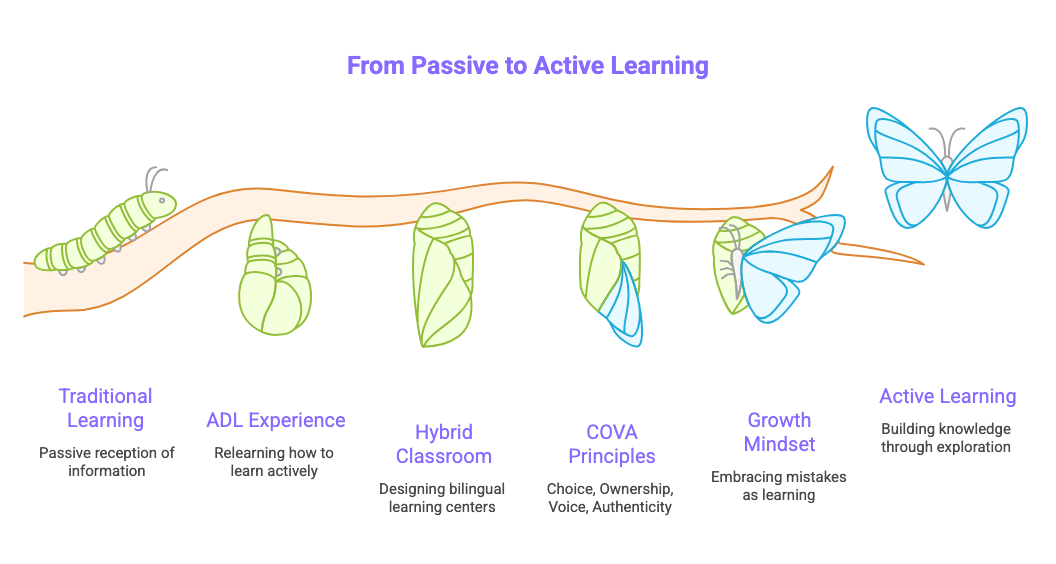

At this stage in the journey, the idea of leading change sparked both excitement and hesitation. I knew innovation was necessary, but I wasn’t sure how to move forward without creating resistance. Over time, I discovered that meaningful change starts with small, intentional actions grounded in how we think, teach, and learn. Embracing mistakes became a gateway to flexibility and growth. A defining moment was a student-led research project using PebbleGo. Students chose topics of personal interest and shared their discoveries through writing, drawings, or voice recordings. The combination of choice and authenticity fueled engagement. Their reflections, captured in both print and digital portfolios, highlighted growth and ownership. Assessment became a celebration of learning.
This experience reshaped my understanding of leadership. As Fullan (2011) states, sustainable change comes from collaboration, not control. The COVA approach taught me that leading change means inviting others to choose, speak, and own the process. CSLE empowered me to design environments where change is lived and co-created. Today, I lead with empathy, strategy, and shared purpose.
Growing into Change Leadership: From Hesitation to Purpose
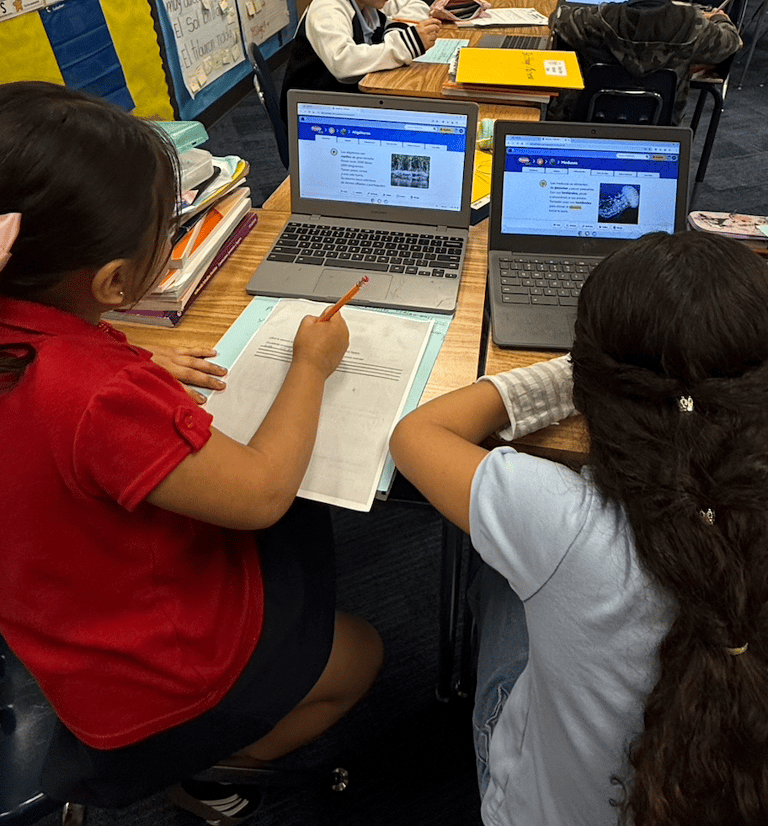

How COVA and CSLE Strengthened My Innovation Plan


My project, Explorers of the Forest of Reading and Writing, was born from a desire to transform how bilingual students develop reading and writing skills through meaningful, hybrid learning experiences. Yet it was through the COVA framework and the CSLE philosophy that my plan gained depth, coherence, and vitality. The COVA model helped me understand that true innovation is not about implementing tools, but about designing experiences in which students can:
Choose how they learn (Choice),
Take responsibility for their process (Ownership),
Express their ideas with confidence (Voice), and
Build knowledge through authentic, real-world experiences (Authentic Learning).
In our learning forest, students make decisions about texts, languages, products, and learning paths. They design presentations, letters, narratives, and digital projects that reflect both their creativity and personal growth. This level of autonomy, supported by intentional structure, has significantly increased their motivation and engagement.
On the other hand, the Creating Significant Learning Environments (CSLE) philosophy taught me that the environment shapes everything. Inspired by Fink (2013), I realized that significant learning emerges when the classroom invites curiosity, emotional connection, and continuous reflection. Through hybrid centers, reading nooks, reflection journals, and our Forest Fairy character, I created a pedagogical ecosystem that integrates emotional, social, digital, and linguistic dimensions.
Thanks to COVA and CSLE, my innovation plan evolved from a single proposal into a living model of meaningful learning. Today, it continues to grow not only with my students but also with teachers inspired by this approach to transform their own practices.
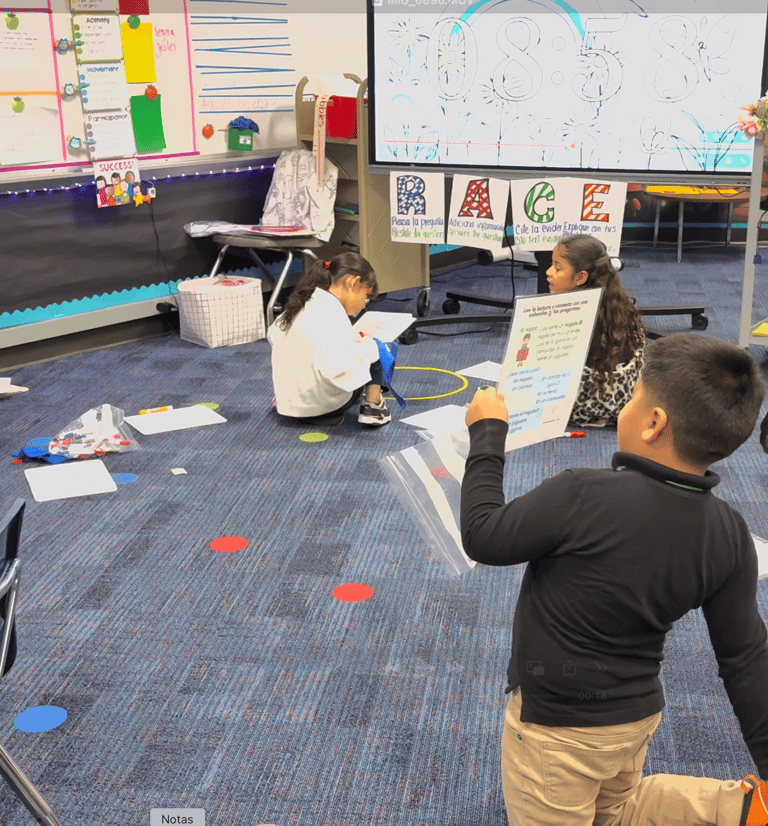



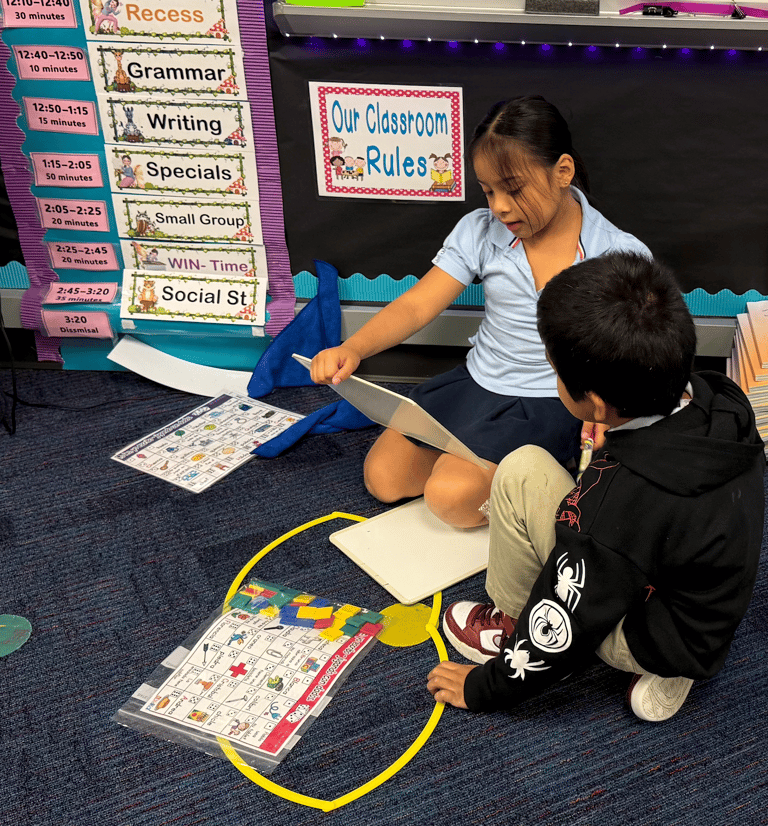

How My Perspective on Learning Changed Forever
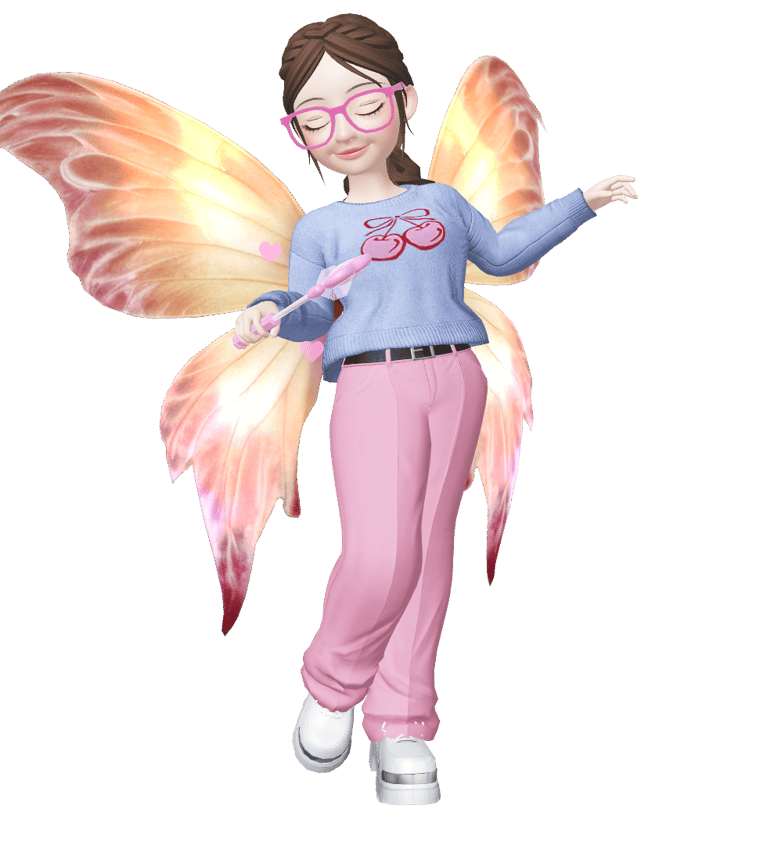

My perspective on learning has profoundly changed since beginning the ADL program. I once viewed teaching as linear focused on transmission and goal completion. Today, I see learning as lived knowledge that we construct, reflect upon, and share. Through COVA and CSLE, my philosophy evolved into a more human-centered, creative, and reflective vision. Teaching is no longer about control it is about designing environments where learners discover their potential (Harapnuik, 2018).
This transformation was deeply personal. Choice empowers engagement; ownership builds accountability; voice bridges theory and practice; and authentic learning connects school to life (Harapnuik, Thibodeaux, & Cummings, 2018). Authors such ast53t Fink (2013) and Dewey (1938) reaffirmed that learning should change not only what we know but also who we are. In Explorers of the Forest, this philosophy came to life through hybrid experiences that nurture critical thinking, literacy, and curiosity. Coaching other teachers showed me that learning is a collective transformation. Embracing a growth mindset (Dweck, 2006) taught me to welcome uncertainty and see mistakes as opportunities. As Bruner (1960) reminds us, teaching is an act of discovery a belief at the heart of my practice.
In essence, my philosophy shifted from transmission to transformation. I now see the classroom, physical, digital, or hybrid, as a living space where students learn with purpose, creativity, and emotion. To teach is to learn twice, and transformation begins with those who teach with authenticity.
A Living Innovation: Building Sustainable Learning Environments with COVA and CSLE
Today, I understand that COVA and CSLE are more than frameworks they’re a way of seeing learning as a human, emotional, and transformative journey. That’s why I will continue strengthening Explorers of the Forest of Reading and Writing as a hybrid learning ecosystem that empowers students and teachers to become knowledge explorers through authentic learning. The forest is both a metaphor and a real space where children choose how to learn in reading corners, digital stations, or reflection areas. Through bilingual hybrid centers, they connect literacy with identity and purpose.
Our Forest Fairy is more than a character; she invites students to write, research, and create with autonomy and joy. Technology becomes a bridge to creativity, not an end in itself. Guided by Fink (2013) and Fullan (2011), I now aim to extend this vision beyond the classroom, supporting other educators in building their own “learning forests.” In these spaces, transformation grows from purpose, choice, and collaboration. The forest will continue to grow with each idea, reflection, and shared challenge. It is a living space where curiosity leads, community supports, and learning flourishes with meaning and wonder.
Knowing What I Know Now About the COVA Approach


Empowering Learners Through COVA: Designing Authentic Assignments with Purpose
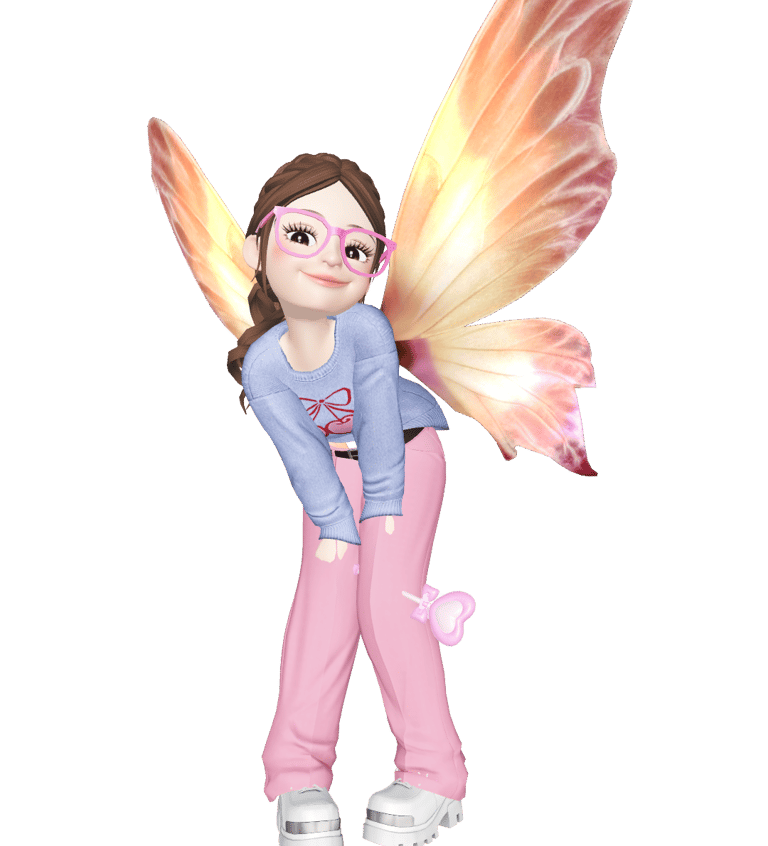

In my role as both teacher and educational advisor, I will continue to use the COVA model Choice, Ownership, Voice, and Authentic Learning as the cornerstone for designing meaningful and transformative learning experiences. I am convinced that students engage more deeply when they are empowered to choose, create, and express themselves with authenticity. Likewise, teachers grow when they embrace those choices and voices as guiding forces for learning with purpose and relevance (Harapnuik, Thibodeaux, & Cummings, 2018).
To apply COVA in the classroom, I will design authentic activities that give students real choices to learn and express themselves. In Explorers of the Forest of Reading and Writing, they can choose to write, learn through play, illustrate, or research according to their interests. Through portfolios and reflection journals, they will take ownership of their learning and share it with the school community. My role is to guide that process by creating spaces where autonomy, motivation, and voice come to life.
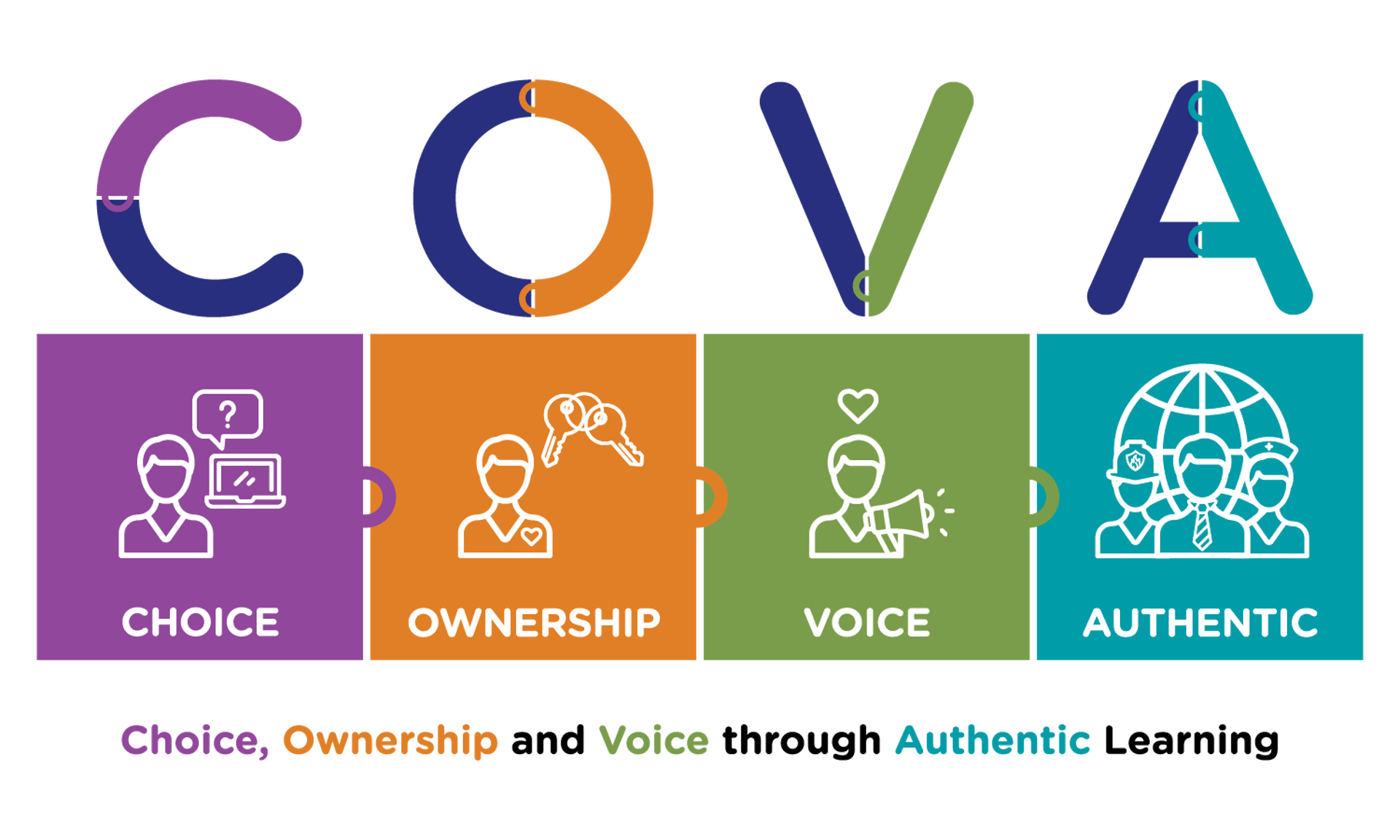
To promote choice, I will continue to offer learners opportunities to decide how and with what tools they wish to learn. In my project, Explorers of the Forest of Reading and Writing, children move through the learning forest by engaging in hands-on, creative activities that spark curiosity and encourage learning through doing. Each week, they can choose from different learning stations that include word games, collaborative writing challenges, sound and syllable experiments, dramatizations, or small research projects on topics they select themselves.
These experiences invite students to build knowledge through action, observation, and reflection. They also have the freedom to decide which activity to begin with, how to document their discoveries through drawings, recordings, or written reflections, and how to share their outcomes with the class. Learning becomes an adventure where curiosity is the compass and creativity the path. As Harapnuik, Thibodeaux, and Cummings (2018) explain, providing authentic opportunities for choice allows learners to take ownership of their process, fostering intrinsic motivation and deeper engagement. For teachers, this approach also means empowerment. They can adapt games, challenges, and projects to match the rhythm, interests, and abilities of their students, recognizing diversity as a source of strength rather than a barrier.
Choice: Freedom to Explore, Play, and Create
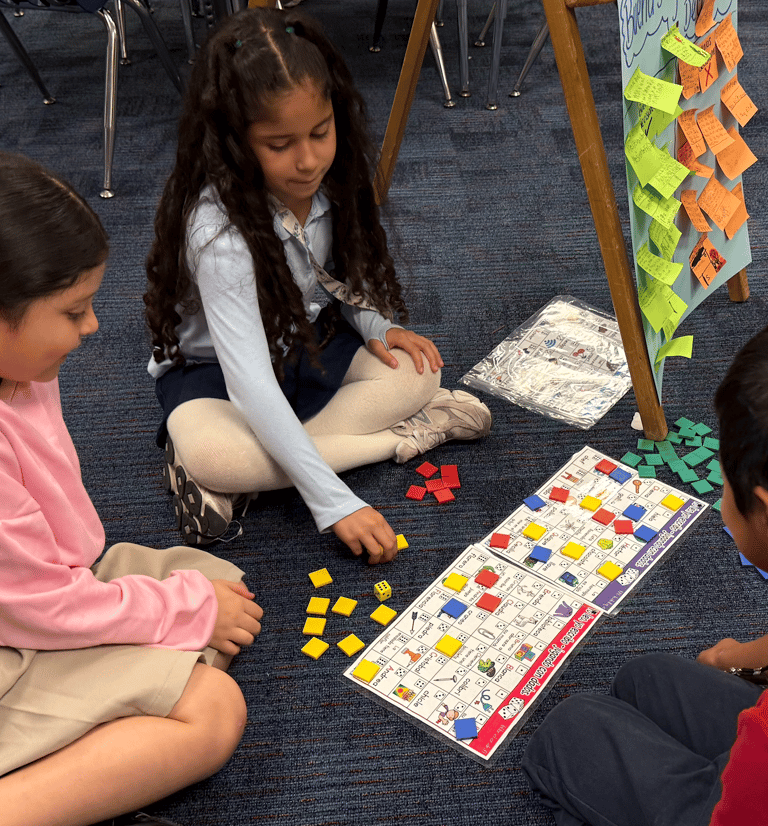

C
Ownership: Taking Responsibility for Learning
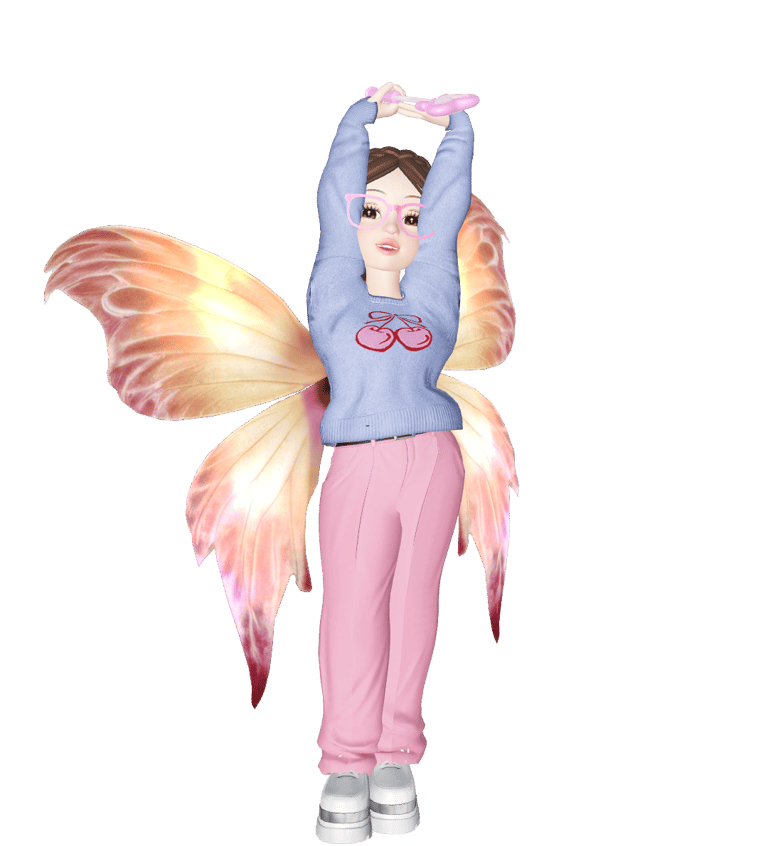

Ownership develops when learners understand that learning belongs to them. To foster this sense of responsibility, I will encourage self-reflection and goal setting through personal portfolios, where students collect their work and track their growth in both English and Spanish. I will also involve families in this process by using ClassDojo as a motivational tool to extend the forest missions at home. Through this platform, parents can celebrate their children’s achievements, reinforce reading and writing routines, and support the development of autonomy and consistency.
Likewise, I will promote professional learning communities among teachers, where they lead innovation rather than merely receive information. As Fullan (2011) explains, sustainable change occurs when people truly own the process. In this way, both students and teachers experience learning as something they create and sustain, rather than something that is simply given to them.
C
Strengthening voice goes beyond encouraging students or teachers to speak it means building trusting environments where they feel truly seen and heard. In my classroom, voice takes shape through writing, storytelling, dramatizations, and reflective dialogue. These experiences allow students to explore their identity and express themselves meaningfully, fostering not only language development but also emotional confidence. The Forest Fairy, our virtual guide, invites students to respond to authentic challenges by writing letters, sharing discoveries, or recording reflections in both English and Spanish. These activities validate their lived experiences and help them gain confidence in communicating in two languages, bridging cultures, and expressing themselves personally.
In my work as a coach, I intentionally create spaces for teachers to express their voices through active listening and collaborative planning. When educators feel valued and involved in the learning process, they are more likely to take initiative and innovate with purpose. As Dweck (2006) explains, recognizing one's voice and worth fosters a growth mindset, where risk-taking and vulnerability become pathways to transformation. Through reflection and shared dialogue, both students and teachers discover that their voice can inspire, influence, and lead. Voice, then, is not just a skill—it’s a pillar of agency and belonging that fuels authentic learning and educational change.
Voice: Expression with Confidence and Purpose
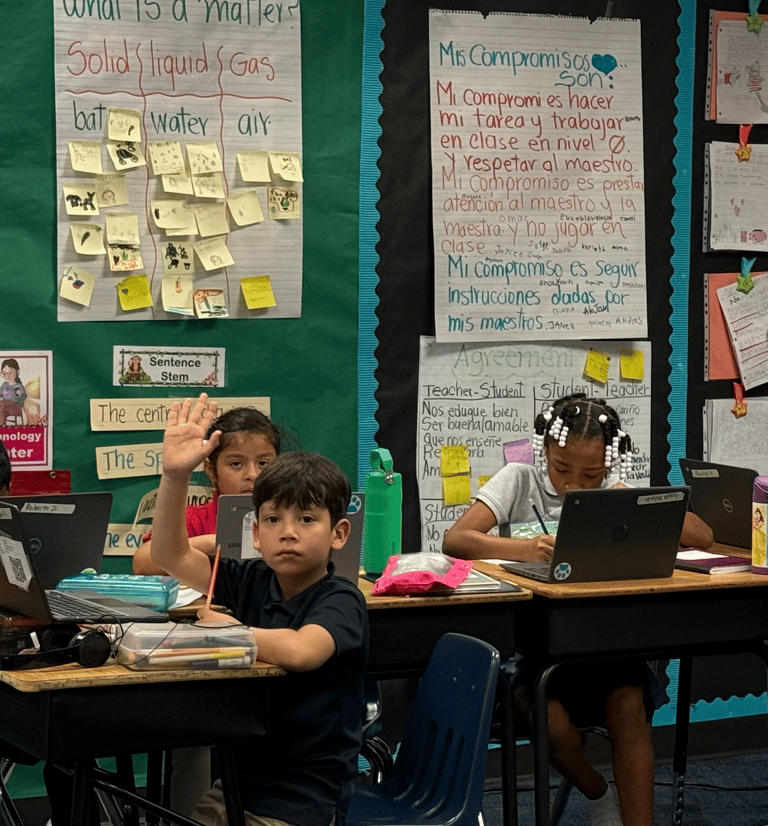

V
Authentic Learning: Connecting Knowledge to Life


All learning experiences will remain authentic, rooted in real-life contexts and students’ interests. The hybrid approach allows me to merge classroom experiences with digital and natural spaces so that every project becomes an opportunity to think, create, and transform. Whether students are researching animals on PebbleGo, writing stories inspired by the forest, or collaborating in bilingual centers, each activity blends meaning, creativity, and reflection. As Harapnuik (2018) states in the Creating Significant Learning Environments framework, the teacher’s role is not to deliver ready-made knowledge but to design the conditions for invention. This aligns with Fink’s (2013) idea that significant learning occurs when knowledge, emotion, and action intersect, transforming both the learner and the environment.
Through the COVA framework and the CSLE philosophy, my commitment is to keep creating learning environments where every student and teacher can find their voice, exercise choice, and take ownership of their learning. Authentic learning is not a destination; it is a living forest that continues to grow through curiosity, reflection, and connection.
A
Preparing my students and colleagues for the COVA and CSLE approach is a process rooted in collaboration, reflection, and shared growth. I have learned that meaningful educational change does not come from imposing new methods, but from designing experiences that allow each learner to discover their own potential (Harapnuik, 2018). In reading and writing, my goal is for students to experience learning as authentic, participatory, and purposeful. In Explorers of the Forest of Reading and Writing, students rotate through hybrid learning centers, choosing where to start, which texts to read, and how to express their understanding through writings, videos, journals, comics, or digital storytelling. Choice fuels curiosity, connecting personal interests with academic goals. I will nurture ownership through learning journals, personal goal-setting, and self-assessments, helping them understand that learning is not about memorization but about creating, improving, and transforming. Voice will be at the heart of the experience: students will write their own stories, engage in group discussions, read aloud, and gain confidence as bilingual communicators. As a facilitator, I will offer scaffolding and emotional support while honoring their voices.
With my teaching colleagues, I will extend this same philosophy by organizing professional learning workshops, reflection circles, and collaborative planning sessions. These experiences will allow educators to experience COVA in action, try new strategies, and adapt them to their own classrooms. Inspired by Fink (2013) and Fullan (2011), I will foster a shared culture of innovation where professional learning becomes a collective journey rather than a top-down process. Ultimately, preparing others for COVA and CSLE means leading by example offering freedom with purpose, reflection with guidance, and learning with emotion. In the Forest of Reading and Writing, every learner becomes an explorer choosing, creating, reflecting, and transforming their path with authenticity and joy.
Preparing Learning Explorers: COVA and CSLE as a Shared Path

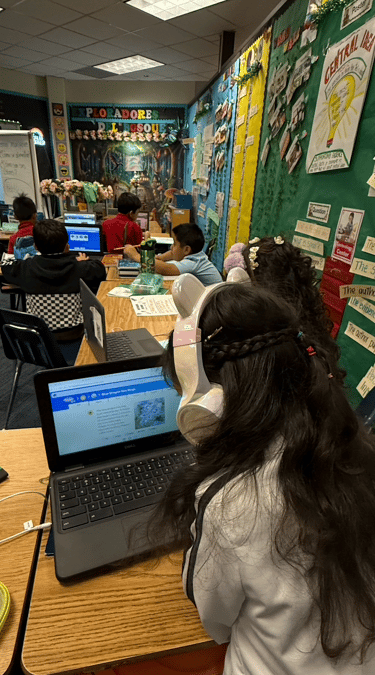
Challenges and Opportunities When Applying COVA and CSLE
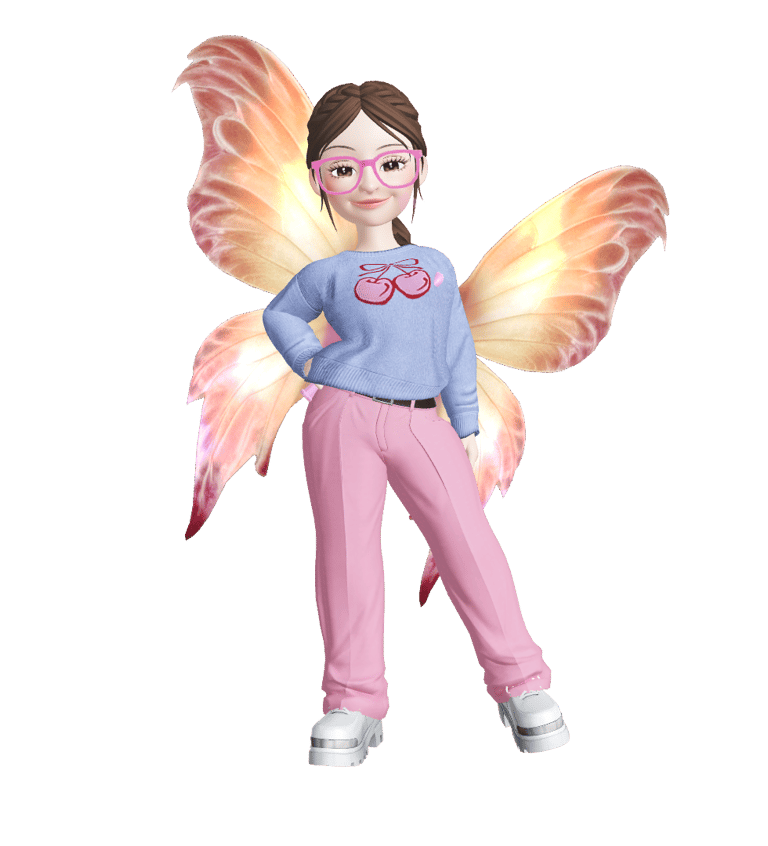

Implementing the COVA and CSLE frameworks offers a powerful opportunity for transformation, but also meaningful challenges. The first is not merely about changing mindsetsit’s about reframing what we do as educators in response to today’s evolving needs and complex realities. Promoting autonomy, voice, and learner choice means rethinking traditional roles and designing learning that feels relevant and human (Harapnuik, 2018). Another challenge is balancing freedom with structure. Purposeful learning design requires clear goals and flexible scaffolding to nurture student self-regulation (Fink, 2013). Integrating technology with intention takes time, training, and pedagogical clarity. My goal is to use digital tools as bridges toward creativity, curiosity, and deep reflection. At the professional level, fostering sustainable innovation depends on collective commitment and shared leadership (Fullan, 2011), along with the courage to let go of perfectionism and embrace uncertainty through a growth mindset (Dweck, 2006).
Ultimately, these are the same challenges we face in any transformative learning journey they demand persistence, openness, and a sense of purpose. Yet they also unlock growth, creativity, and continuous learning. Applying COVA and CSLE is not about flawless execution, but about creating living, meaningful learning environments where education becomes a deeply human and hopeful act.
As part of the Explorers of the Forest of Reading and Writing project, the measurement process itself reflects the COVA and CSLE philosophy. Learning is evaluated not as a set of grades, but as evidence of choice, ownership, and authentic growth. Students set personal literacy goals and track their progress through reading and writing portfolios, self-assessments, and reflections.
Quantitative data from i-Ready and Amplify will help monitor academic growth, with an expected 30% improvement in reading comprehension and writing proficiency by the end of the implementation cycle. These results will be complemented by qualitative indicators such as student motivation surveys, observation notes, and class discussions that reveal confidence, engagement, and bilingual identity.
This blended approach mirrors Fink’s (2013) concept of Significant Learning, where growth is both cognitive and emotional. It also aligns with Harapnuik’s (2018) CSLE framework, emphasizing that assessment should capture transformation, not just performance. Ultimately, measurement in the Forest is an act of reflection, it allows students to see their own progress as explorers of knowledge and voice within a living, hybrid environment.
Measuring Growth in a Significant Learning Environment


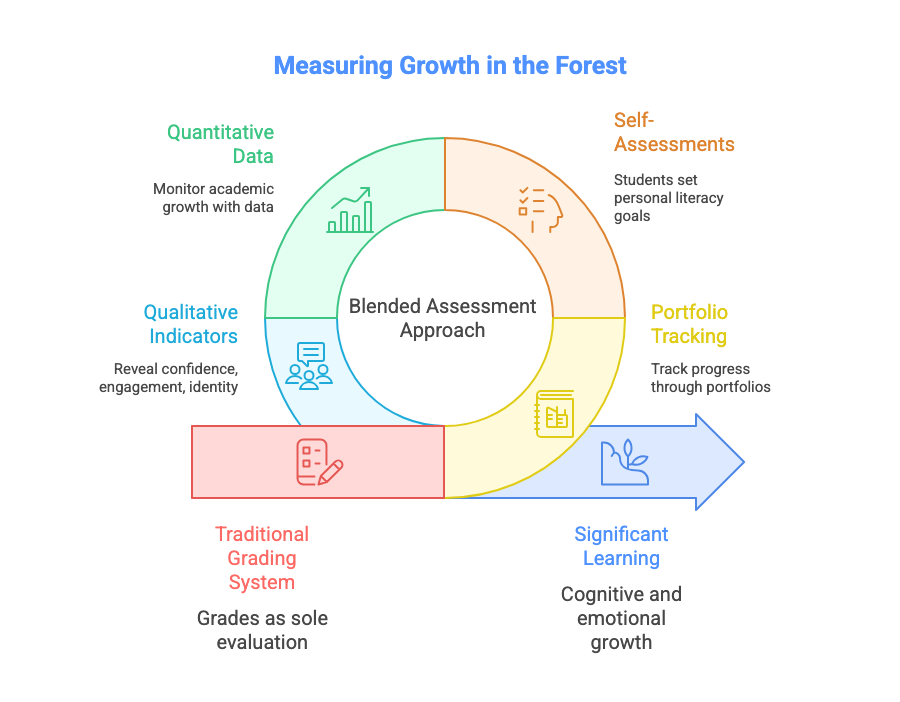


REFERENCES
Bruner, J. S. (1960). The process of education. Harvard University Press.
Dewey, J. (1938). Experience and education. Macmillan.
Dweck, C. S. (2006). Mindset: The new psychology of success. Random House.
Fink, L. D. (2013). Creating significant learning experiences: An integrated approach to designing college courses (2nd ed.). Jossey-Bass.
Fullan, M. (2011). Change leader: Learning to do what matters most. Jossey-Bass.
Harapnuik, D. (2018, October 18). Creating significant learning environments (CSLE) [Video]. YouTube. https://www.youtube.com/watch?v=eZ-c7rz7eT4
Harapnuik, D. K., Thibodeaux, T. N., & Cummings, C. D. (2018). Choice, ownership, and voice through authentic learning opportunities (COVA eBook). Lamar University. https://www.harapnuik.org/?page_id=7291
Siemens, G. (2005). Connectivism: A learning theory for the digital age. International Journal of Instructional Technology and Distance Learning, 2(1), 3–10.
